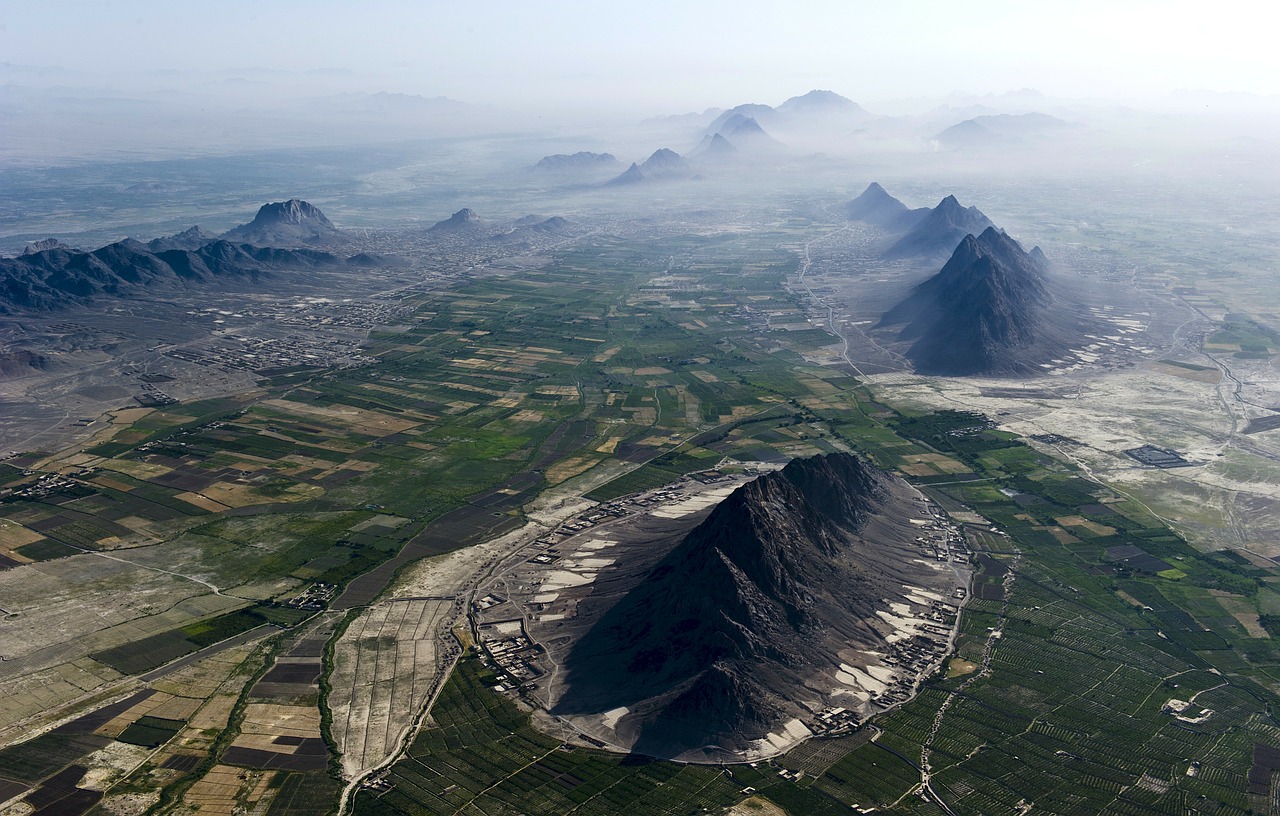Committed to building a stable, just, and prosperous future for Afghanistan, the World Food Programme, UNESCO, and the World Bank are a few of the UN agencies that are undertaking development efforts in the country. Through its “country team,” a diverse collection of affiliated or partner organizations, the UN works across a number of different areas and oversees an incredible variety of projects all over Afghanistan. No fewer than 27 UN-associated organizations are currently involved in the country’s development. Read on for a closer look at some of these agencies, who they are, and what they’re doing in Afghanistan.
Food and Agriculture Organization (FAO)

A member of the Food and Agriculture Organization (FAO) since 1949, Afghanistan works closely with the organization via its Ministries of Agriculture, Irrigation and Livestock; Energy and Water; Public Health; and Rural Rehabilitation and Development. Today, FAO maintains five regional and three provincial offices around the country and focuses on contributing to sustainable agricultural development. Some of the key strategic objectives of FAO’s work in Afghanistan include reducing rural poverty, eradicating hunger, food insecurity, and malnutrition; and enabling local, national, and international food and agricultural systems that are more inclusive and efficient.
International Labour Organization (ILO)
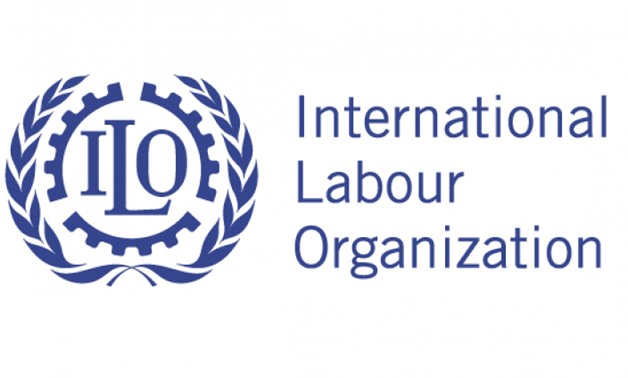
A specialized agency of the UN, the International Labour Organization (ILO) is celebrating its 100th anniversary this year (Afghanistan joined the ILO in 1934, becoming the organization’s 60th member, and is considered today to be an original member state). Throughout its history, ILO has maintained that institution-building and local economic development are essential elements of social progress, particularly in nations like Afghanistan that are seriously affected by natural disasters and continuing conflicts. For this reason, ILO established a liaison office in Kabul in 2003 to provide resources, support, and guidance to Afghanistan in areas such as employment strategies, labor law reform, skills development, child labor, and social dialogue.
International Organization for Migration (IOM)
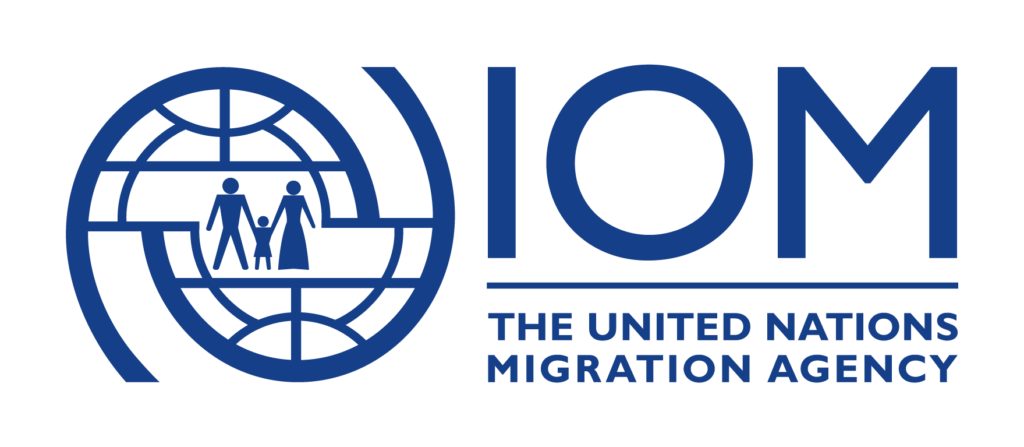
Established in 1951, the International Organization for Migration (IOM) is the world’s leading intergovernmental organization in the field of migration based on its founding vision of humane and orderly migration for the benefit of all. IOM established its mission in Afghanistan in 1992 and has maintained a continuing presence in the country ever since. In fact, IOM Afghanistan is one of the largest IOM missions in the world, comprised of close to 300 staff members working in nine regional offices. In cooperation with government and humanitarian partners and local communities, IOM Afghanistan oversees a range of programs and initiatives in areas such as humanitarian assistance, community stabilization, and migration management. For example, in recent years, one focus area of IOM has been on facilitating the return of skilled Afghan workers to their home country.
United Nations Human Settlements Programme (UN HABITAT)
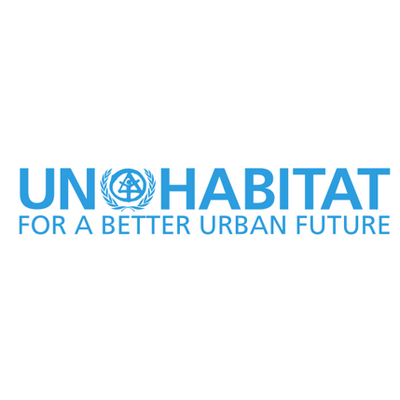
The United Nations Human Settlements Programme (UN HABITAT) is the UN agency mandated to promote towns and cities that are socially and environmentally sustainable, and that provide adequate shelter for all. In Afghanistan, UN HABITAT is working with many partners to address the increasingly urgent challenge of Afghanistan’s unprecedented urban growth rates. According to UN HABITAT, while urbanization does offer important new opportunities for social and economic development, it is essential that this kind of growth be accompanied by sound planning and innovative policy approaches if it is to benefit Afghanistan’s population and society as a whole.
United Nations Environment Programme (UNEP)
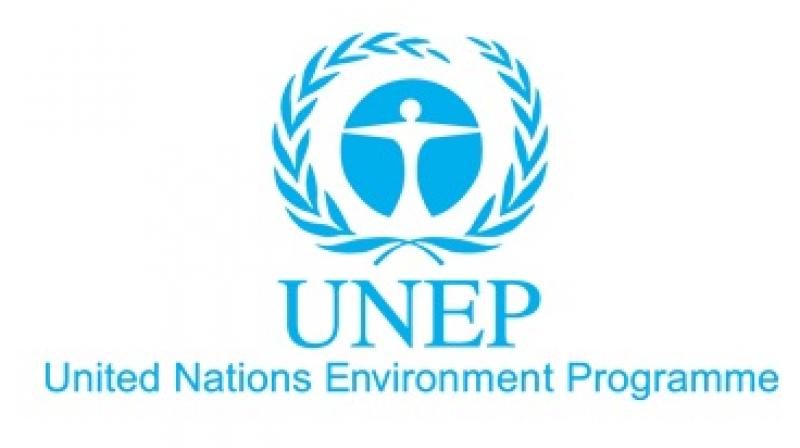
Once pristine and rich in biological diversity, Afghanistan’s natural landscapes have been devastated by decades of conflict, severe natural disasters and, more recently, the impact of rapid and unplanned urban growth and development. Since 2002, the United Nations Environment Programme (UNEP) has been working to mitigate these effects by establishing the environmental foundations for Afghanistan’s sustainable development. Today, the organization focuses on capacity building for environmental governance and natural resources management by providing government and non-governmental partners with training and technical assistance in fields ranging from environmental law and policy to climate change adaptation.
United Nations Population Fund (UNFPA)
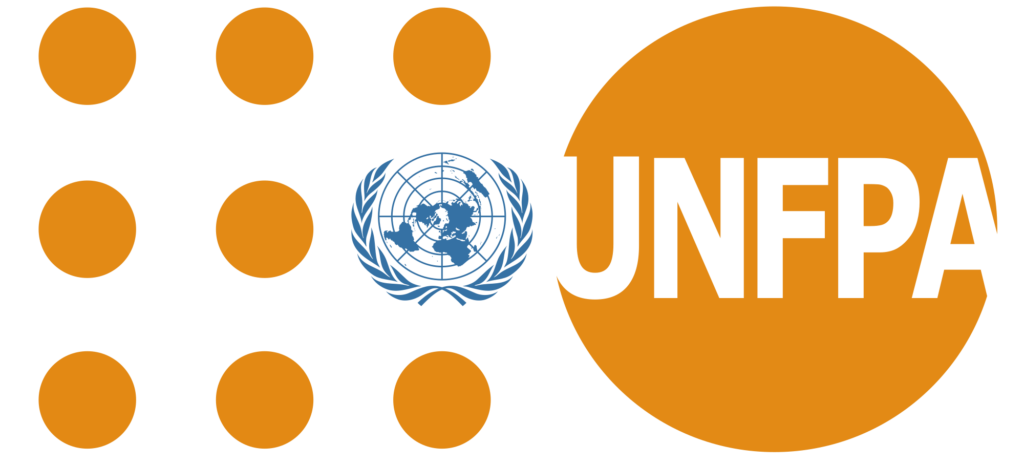
Since 1976, the United Nations Population Fund (UNFPA) has been working in Afghanistan to reduce infant, child, and maternal mortality; increase access to reproductive health services; and support universal primary education. The goal of the organization is to ensure that every pregnancy is wanted, and that all children can be born safely and be able to fulfill their potential. In 2002, with the re-establishment of its country office in Afghanistan, UNFPA embarked on a new program of long-term support for women and young people, which has included the rehabilitation of three maternity hospitals in Kabul.
United Nations Office for Project Services (UNOPS)
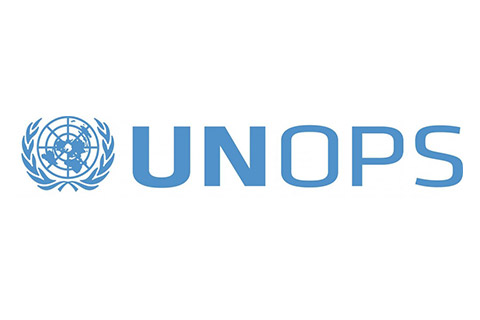
The United Nations Office for Project Services (UNOPS) has supported reconstruction and development efforts in Afghanistan since 1995, with a particular focus on the construction of sustainable infrastructure. To achieve this goal, the organization collaborates with various partners and stakeholders, and concentrates on the key priorities of national ownership and capacity development. Some successes that UNOPS has achieved in Afghanistan include the construction and rehabilitation of more than 10,000 kilometers of roads; enhanced electricity access to 1,500 households and 100 small businesses; and support for the National Emergency Employment Program, which improved rural livelihoods by creating 2.5 million labor days during which 20 bridges were rehabilitated.

